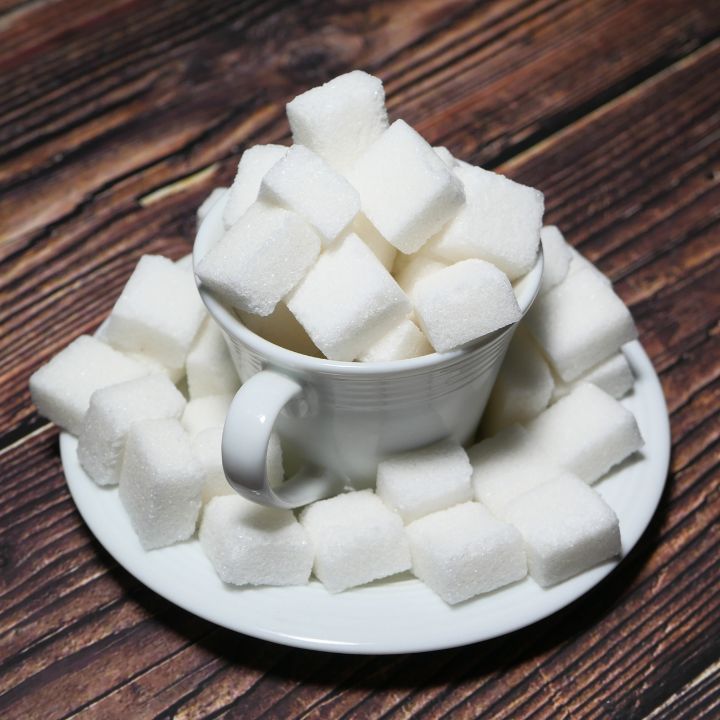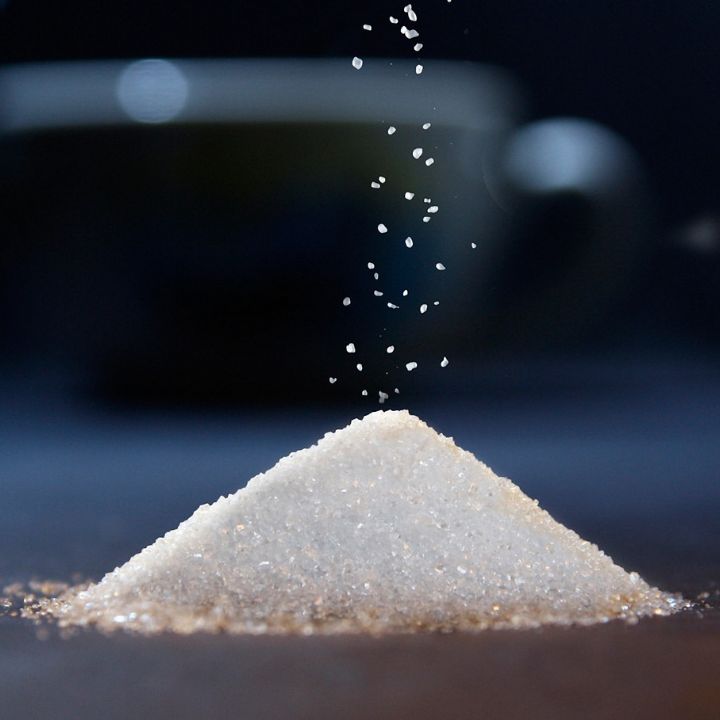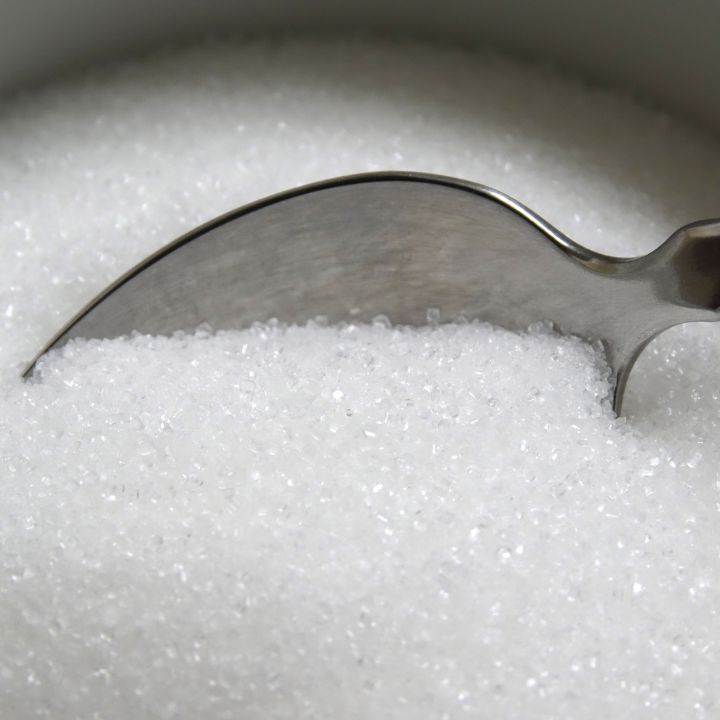Cane sugar, also known as granulated sugar or white sugar, is a commonly used sweetener in cooking and baking. It is made from sugar cane and is highly refined to produce a fine, white crystalline powder. While cane sugar is widely used for its sweet flavor, it has received criticism for its high fructose content and its potential negative impact on health. However, when used in moderation, cane sugar can offer several health benefits and is a staple ingredient in many baked goods.



Health Benefits
Energy Source
Cane sugar is a simple carbohydrate that is rapidly broken down and absorbed by the body, providing a quick source of energy. This makes it a popular ingredient for athletes and those who need an energy boost during physical activity.
Mood boost
Consuming sugar can release serotonin in the brain, which is a neurotransmitter that contributes to feelings of happiness and well-being.
Flavor
Cane sugar is a popular ingredient in cooking and baking due to its sweet flavor. It is used to sweeten a variety of recipes, from baked goods to sauces, marinades, and dressings.
Preserves Food
Cane sugar is used in many preserving recipes, such as jams and jellies, to help maintain the freshness of fruits and vegetables. The high sugar content helps to prevent the growth of bacteria and mold, extending the shelf life of the food.
Cane Sugar in Baking
In baking, granulated sugar helps to balance out the flavors in a recipe by countering bitterness, sourness, and saltiness. It also provides moisture, which helps to keep baked goods soft and tender. Additionally, sugar helps to brown and caramelize the surface of baked goods, creating a desirable texture and appearance.
When using granulated sugar in baking, it is important to understand how it affects the final result. For example, using more sugar will result in a sweeter and softer baked good, while using less sugar will result in a less sweet and more dense baked good.
Tips for Baking
Measuring
Accurately measuring the sugar in a recipe is important for getting consistent results. It is best to use a kitchen scale to measure sugar, as volume measurements can vary based on how tightly the sugar is packed into the measuring cup.
Creaming
When making cakes or cookies, creaming sugar with butter or margarine is an important step that helps to incorporate air into the batter, which contributes to the light and fluffy texture of the finished product.
Dissolving
When making syrups, sauces, or glazes, it is important to dissolve the sugar in liquid before heating. This will help to prevent the sugar from clumping and ensure a smooth and evenly-distributed sweetener.
Caramelizing
Sugar can also be used to make caramel by heating it until it turns a golden brown color. This technique is used to add flavor and color to baked goods, sauces, and candies.
Substituting
In some recipes, it is possible to substitute granulated sugar with other sweeteners, such as honey or maple syrup. However, it is important to keep in mind that substituting sweeteners can affect the final result, as different sweeteners have different flavors, textures, and sweetness levels.
Granulated sugar is an essential ingredient in baking that provides sweetness, texture, and color to baked goods. By understanding how to measure, cream, dissolve, caramelize, and substitute granulated sugar, bakers can create a wide variety of delicious baked goods.

